- Affordable Premiums
- Tax Benefits
- Flexible Policy Tenure
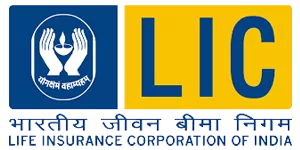
Get the Right Insurance Plan for You
Get upto 15% Online Discount*

Insurance Experts
No Gimmicks
- No Spam
- No Mis-Selling
- No Pushy Sales


Buy Policy in just 2 mins

2 lakh + Happy Customers

Free Comparison
Get the Right Insurance Plan for You
Get upto 15% Online Discount*






Term & Life Insurance
Himanshu is a content marketer with 2 years of experience in the life insurance sector. His motto is to make life insurance topics simple and easy to understand yet one level deeper for our readers.

Health Insurance
Raj Kumar has more than a decade of experience in driving product knowledge and sales in the health insurance sector. His data-focused approach towards business planning, manpower management, and strategic decision-making has elevated insurance awareness within and beyond our organisation.
Updated on Apr 08, 2025 4 min read
LIC’s Aadhaar Shila Plan (Plan No: 944) is a non-linked insurance plan, with profits and a regular premium-paying endowment plan. This plan is a combination plan that offers both savings as well as protection.
LIC’s Aadhaar Shila Plan is primarily for female policyholders having Aadhaar cards provided by UIDAI (Unique Identification Authority of India). This is a Loyalty Addition based plan and does not require any medical tests.
This plan also provides financial assistance to the policyholder’s family in the event of his/her miserable death even during the maturity period and if the policyholder survives the policy term a fixed sum assured is paid at the time of maturity.
LIC Aadhar Shila Plan offers you a range of benefits including:


Minimum Age - 8 years Maximum Age - 55 years

Maximum Maturity Age - 70 years

Minimum term - 10 years Maximum term - 20 years

Same as the policy term

Annual, half-yearly, quarterly & monthly

Rs 75,000 to Rs 3,00,000
Let's understand how the LIC Aadhaar Shila Plan works with a simple premium illustration.

Mr. Verma is looking for a life plan for female policyholders that offers him death benefits along with maturity benefits.
His financial advisor advised him to buy the LIC Aadhar Shila Plan. He visited PolicyX.com
Let's understand how the LIC Aadhar Shila Plan works for him with a premium illustration table.
| Age of policyholder | Policy Term | Basic sum assured | Annual Premiums |
| 30 years | 20 years | Rs 3 lakh | Rs 10,472 |
Here are some features of LIC Aadhaar Shila:

A grace period of 30 days shall be allowed for payment of yearly or halfyearly or quarterly
premiums and 15 days for monthly premiums from the date of First unpaid premium.

You can avail of a loan against your LIC Aadhaar Shila Plan for a certain period at the prevailing interest rate.

This plan offers you a 30 day free look period to cancel the policy if you are not satisfied.

LIC Aadhaar Shila Plan offers term insurance tax benefits under section 80C of the income tax act, 1961 for up to 1.5 lakhs of the total premium paid in the same financial year.
Jeevan Akshay- VII (Table No. 857) is a single premium, non-linked, and non-participating immediate annuity plan. It pays annuity or pension to the po...
Unique Features
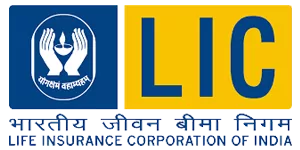



LIC Nivesh Plus is a unit-linked, non-participating, and single-premium individual life insurance plan. It offers insurance cum investment benefits th...
Unique Features
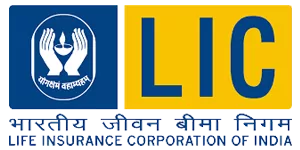



LIC Bima Shree Policy is a traditional, non-linked, and with-profit money-back life insurance policy that features guaranteed additions to provide sec...
Unique Features
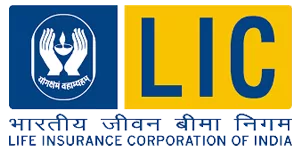



LIC SIIP is a unit-linked non-participating individual life insurance plan. The plan comes out as an opportunity to monetize the investment options of...
Unique Features
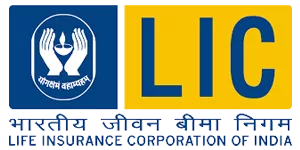



LIC Navjeevan is a newly launched plan by the Life Insurance Corporation of India. It is a non-linked with profit endowment assurance plan. It is a co...
Unique Features
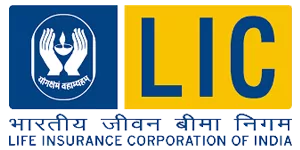



LIC has been very dynamic in introducing plans according to different individuals' demands. The LIC Komal Jeevan Plan is exclusively fabricated for ch...
Unique Features
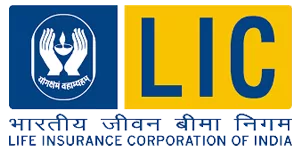



LIC Micro Bachat Plan (Table No. 951) is a traditional, non-linked, participating micro-insurance plan that offers dual benefits of protection as well...
Unique Features
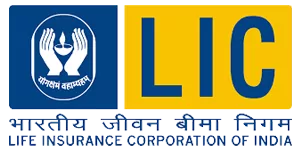



LIC Jeevan Saathi is basically an endowment assurance policy that is there to ensure the lives of husband and wife. It offers the required financial p...
Unique Features
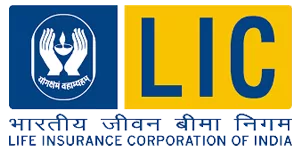



Life Insurance Corporation (LIC) is an Indian insurance company owned by the Government of India. It was founded on 1st September 1956 and is headquar...
Unique Features
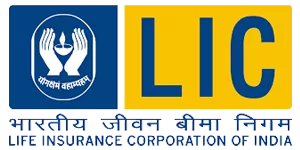



(A Perfect Gift For Your Beloved Daughter) LIC Kanyadan policy is the perfect financial coverage for your daughter with a very low premium. Unlike oth...
Unique Features
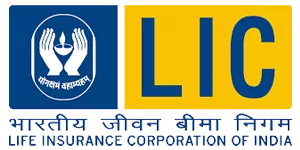



Pradhan Mantri Vaya Vandana Yojana is a single premium payment pension plan. This pension plan offers an option to either choose the amount of pension...
Unique Features
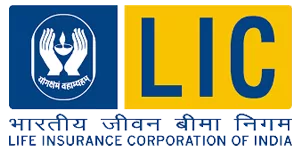



LIC Jeevan Saral is an Endowment Assurance plan under which the proposer has simply to choose the amount and mode of premium payment. The plan comes o...
Unique Features
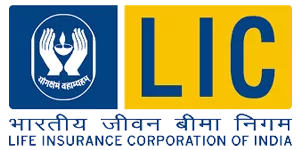



It is a traditional endowment with death and maturity benefits to the policyholder. Even a bonus facility is given along. In this plan, the premium is...
Unique Features
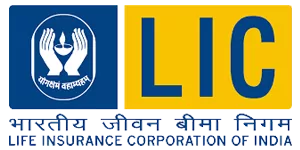



LIC New Endowment Plan-one of the best policy by LIC India. The LIC New Endowment plan (Plan No: 914) is a must-avail plan considering the many benefi...
Unique Features
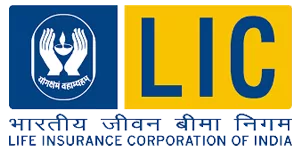



For the financial security of children and families, the LIC Jeevan Lakshya Plan (Plan No: 933) is the most suitable one. It is a collection of saving...
Unique Features
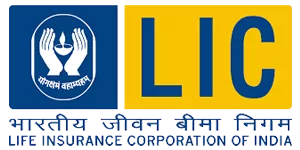



LIC Jeevan Rakshak Plan (Table No. 827) is a participating non-linked plan that provides a combination of insurance and savings. As the name suggests,...
Unique Features
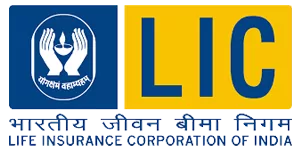



LIC New Jeevan Anand is a participating non-linked plan providing a combination of both protection and savings. The plan offers financial protection a...
Unique Features




LIC Jeevan Umang (Plan No: 945) is a conventional, with-profit, non-linked endowment plan with complete life insurance coverage. The policy provides t...
Unique Features
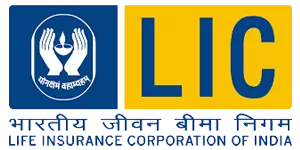



LIC’s Aadhaar Shila Plan (Plan No: 944) is a non-linked insurance plan, with profits and a regular premium-paying endowment plan. This plan is a...
Unique Features




LIC's Aadhaar Stambh Plan (Plan No: 943, UIN: 512N310V01) is a non-linked insurance plan, with profits and a regular premium-paying endowment plan. It...
Unique Features
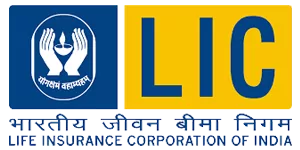



Of the many efficient plans of LIC, the Jeevan Shikhar Plan stands out in terms of benefits and simplicity of terms. The endowment plan was initially ...
Unique Features
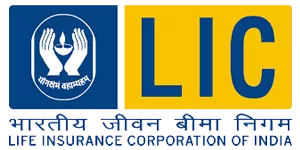



LIC Jeevan Akshay VI Plan is an immediate annuity pure pension plan for senior citizens provided by one of the top ranked insurance companies in India...
Unique Features
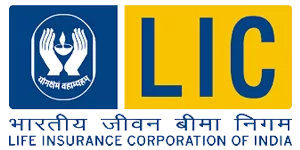



The LIC New Money Back Plan 20 Years (Plan No: 920)was floated on January 6, 2014 to cater to the financial needs of the business and the salaried cla...
Unique Features
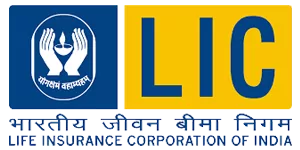



LIC Jeevan Shagun is a non-linked, participating, savings with protection single premium Money-Back plan. The policy provides high life cover in the e...
Unique Features
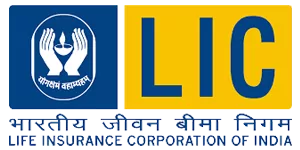



When it comes to offering a complete insurance suite of the most comprehensive financial security in terms of health and life, you are in safe hands w...
Unique Features




LIC launched the Bima Diamond Plan (table No. 841) on September 19, 2016. This is a non-linked plan, i.e. it doesn't depend on the share market. It is...
Unique Features
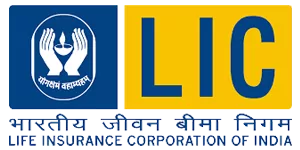



Ever come across a large pile of banknotes? You know, by winning the lottery or hitting the jackpot at your favorite casino? Your first instinct must ...
Unique Features
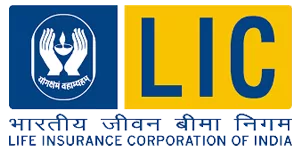



The future of the world depends on the strength of the children today. But if they are not prepared for that purpose, the dream will be unattainable. ...
Unique Features
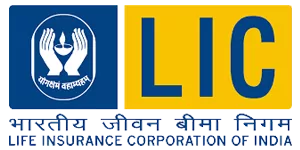



LIC's Jeevan Tarun is basically a participating non-linked limited premium plan that offers a great combination of protection along with savings for y...
Unique Features
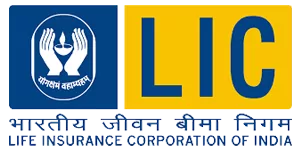



This plan has double roles to play. Firstly, this plan is applicable for safeguarding a family after the untimely death of the policyholder. Secondly,...
Unique Features
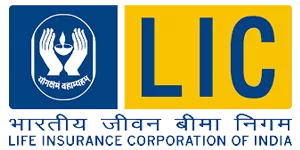



LIC Jeevan Labh (Plan No: 936) is a limited premium paying, non-linked (Not dependent on equity-based funds and money/share market) with-profit endowm...
Unique Features
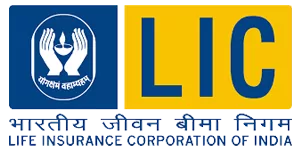





There are various benefits to buying the LIC Aadhaar Shila Plan. Let’s understand each of them in detail:
Here is the list of documents required to buy the LIC Aadhaar Shila Plan:





Photo ID Proof (either of one) - Passport, Aadhar card, PAN card, Driving license.
Age Proof (either of one) - Passport, Aadhar card, PAN card, Driving license.
Address Proof (either of one) - Utility bill, passport, voter ID, ration card.
Medical Records of the policyholder if requested.
Income Proof ( either of one) - bank statement, last three months' salary slips (if you are salaried).
You can buy the LIC Aadhaar Shila official website or one of their nearest branch offices.

Visit the official website of PolicyX.com.
Click on the ‘Investment’ tab.
A new page will appear on the screen.
Fill out the form at the top of the page with the necessary details.
Select your income and city. Click on 'Proceed'.
Update your education and occupation details.
Choose your preferred plan and click on 'Buy this plan'.
Select the policy term, premium period, investment amount, and riders (if required), and then proceed to pay.

Visit the official website of Life Insurance Corporation of India.
Hover over the 'Wealth Creation'.
Click on the 'LIC Aadhar Shila Plan'.
Click on ‘Buy Online’ and you will be redirected to a new page.
Enter your name and contact information. One of their representatives will reach out to you and discuss the quotes.
Once discussed you can make the premium payment and get the policy documents.
You can buy the LIC Aadhar Shila Plan offline by visiting one of their nearest branch offices. One of their representatives will help you buy the plan.

| What’s Good Here | What’s Missing |
| Death Benefits | Premium Offset |
| Maturity Benefits | High sum assured rebate |
| Auto Cover Continuance | Auto cover continuance |
| Profit Participation | Top-up premium |
If you are looking for a life insurance plan for a female policyholder that provides death benefits to your family in case of your uncertain demise along with maturity benefits you should buy the LIC Aadhaar Shila Plan. If you are still confused about whether buying this plan is right for you or not then you can contact us at PolicyX.com.
For more info related to this plan, you can visit PolicyX.com, or call us at 1800 - 420 - 0269. Our insurance experts listen to your unique needs and suggest the best possible solution for you.
LIC’s Aadhaar Shila Plan is primarily for female policyholders having Aadhaar cards provided by UIDAI (Unique Identification Authority of India). This is a Loyalty Addition based plan and does not require any medical tests.
Compare and buy the most suitable Life Insurance Plan from the below-mentioned IRDAI-approved Life Insurance companies.
4.6
Rated by 856 customers
Select Your Rating

Let us know about your experience or any feedback that might help us serve you better in future.


Himanshu is a seasoned content writer specializing in keeping readers engaged with the insurance industry, term and life insurance developments, etc. With an experience of 2 years in insurance and HR tech, Himanshu simplifies the insurance information and it is completely visible in his content pieces. He believes in making the content understandable to any common man.
You May Also Know About:

 ✖
✖
Our experts will provide you with guidance and address all your concerns within 30 minutes.
Note: Choose your desired date and time slot and our expert will get in touch with you shortly.


In case you have not found your desired slot, you can visit at website and use the Request Call Back option.
You are just one step away from getting insurance.

Policyx offers a completely spam-free experience. We will never contact you unless you request us to do so.
Your call has been scheduled with Policyx for term insurance.
Talk to an advisor
February 5, 2023
Asia/Kolkata
Do you have any thoughts you’d like to share?